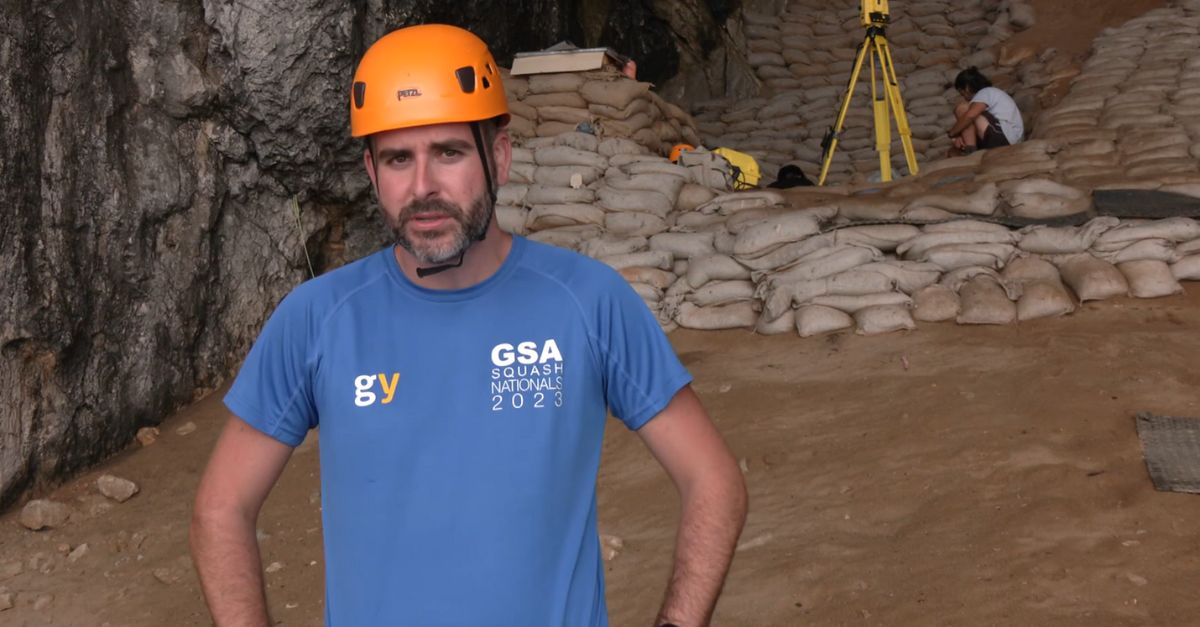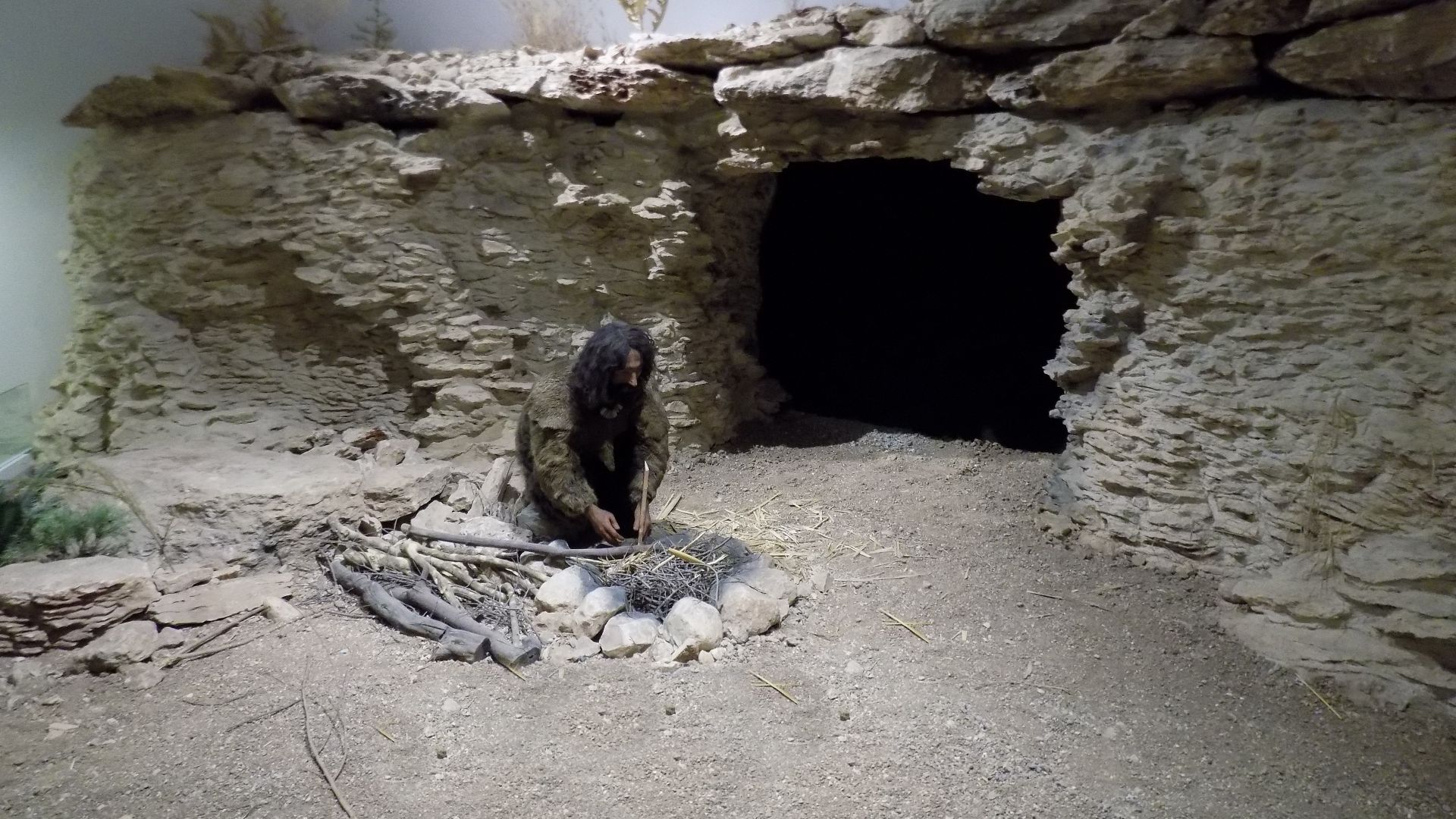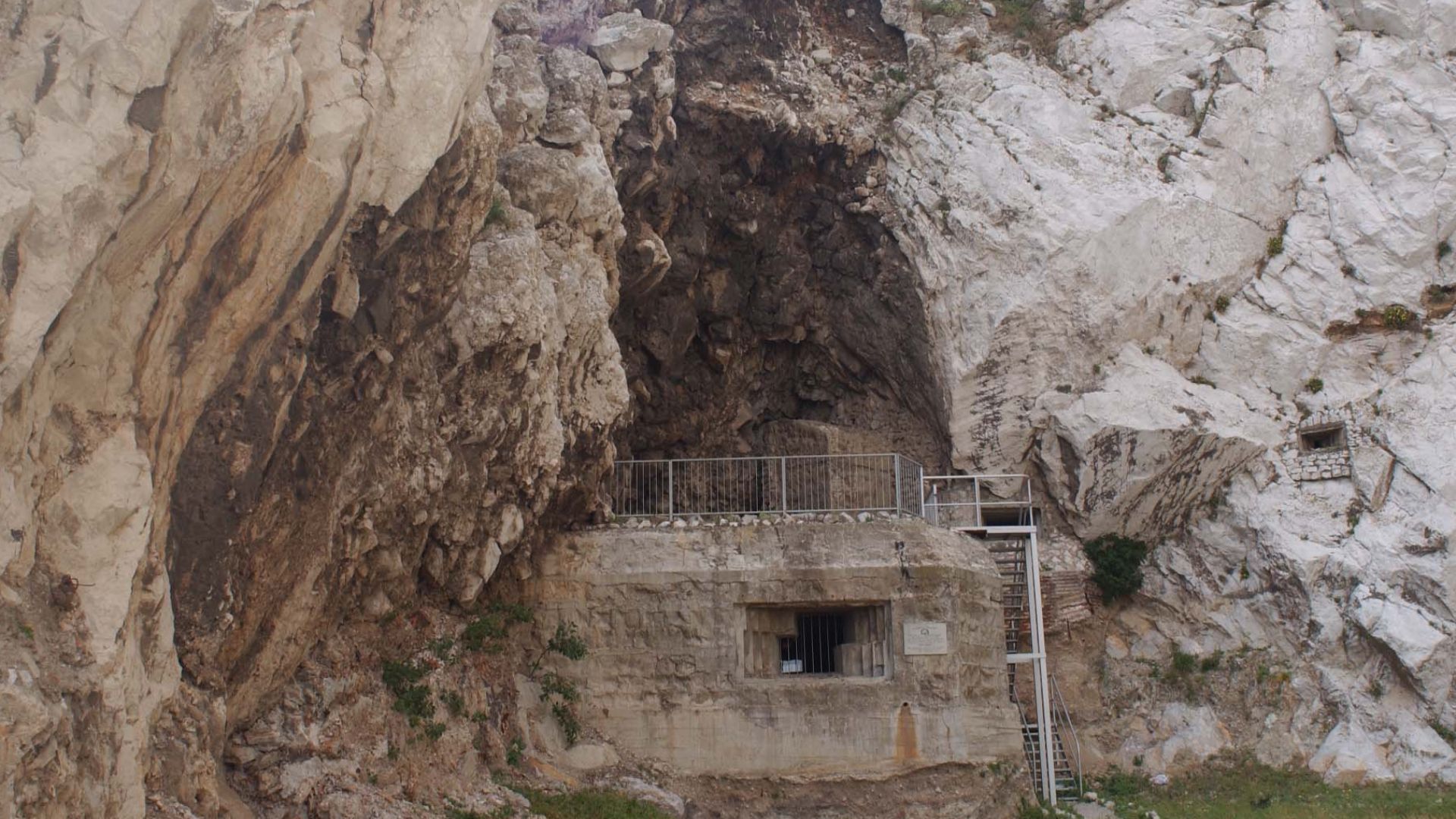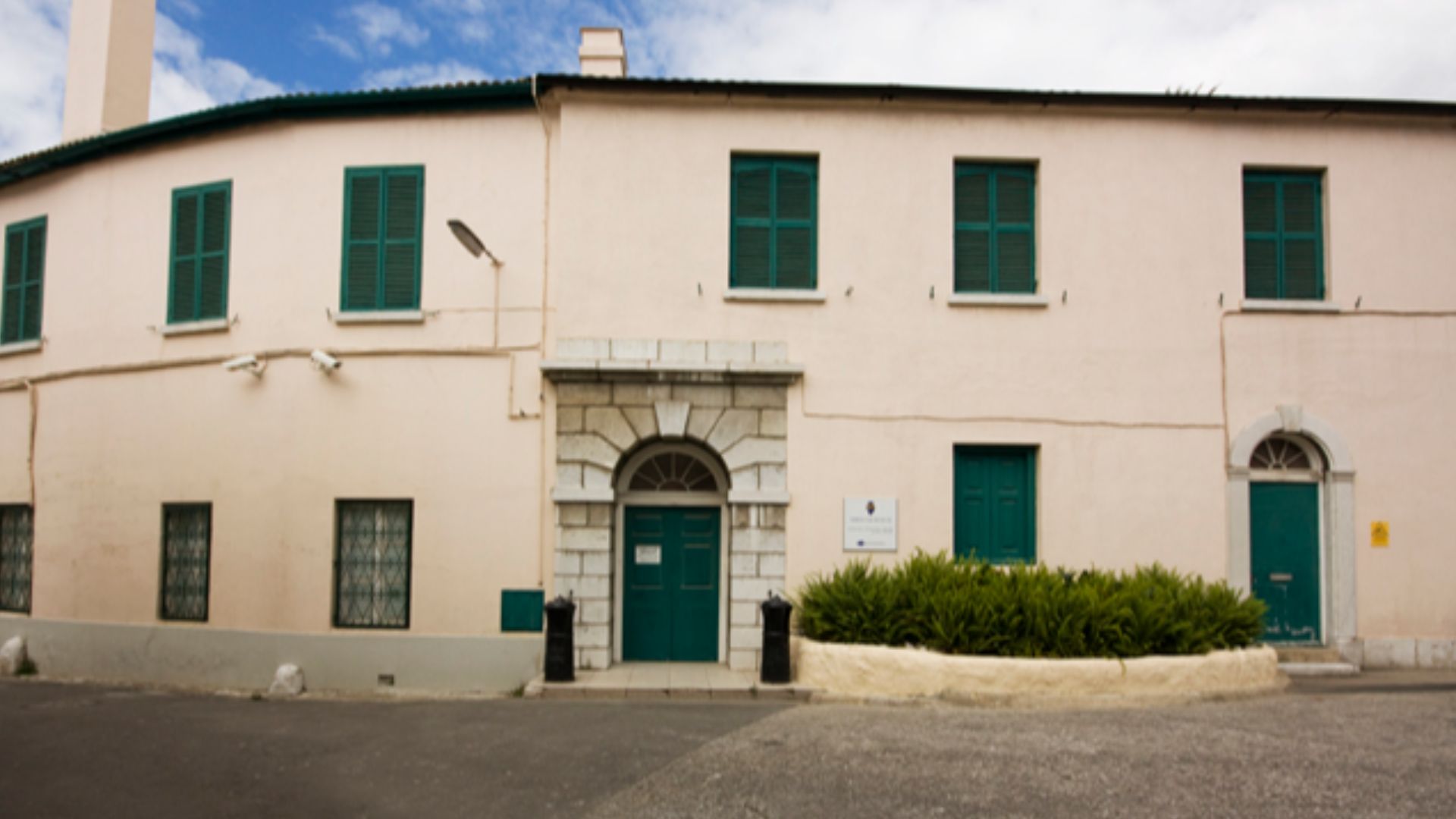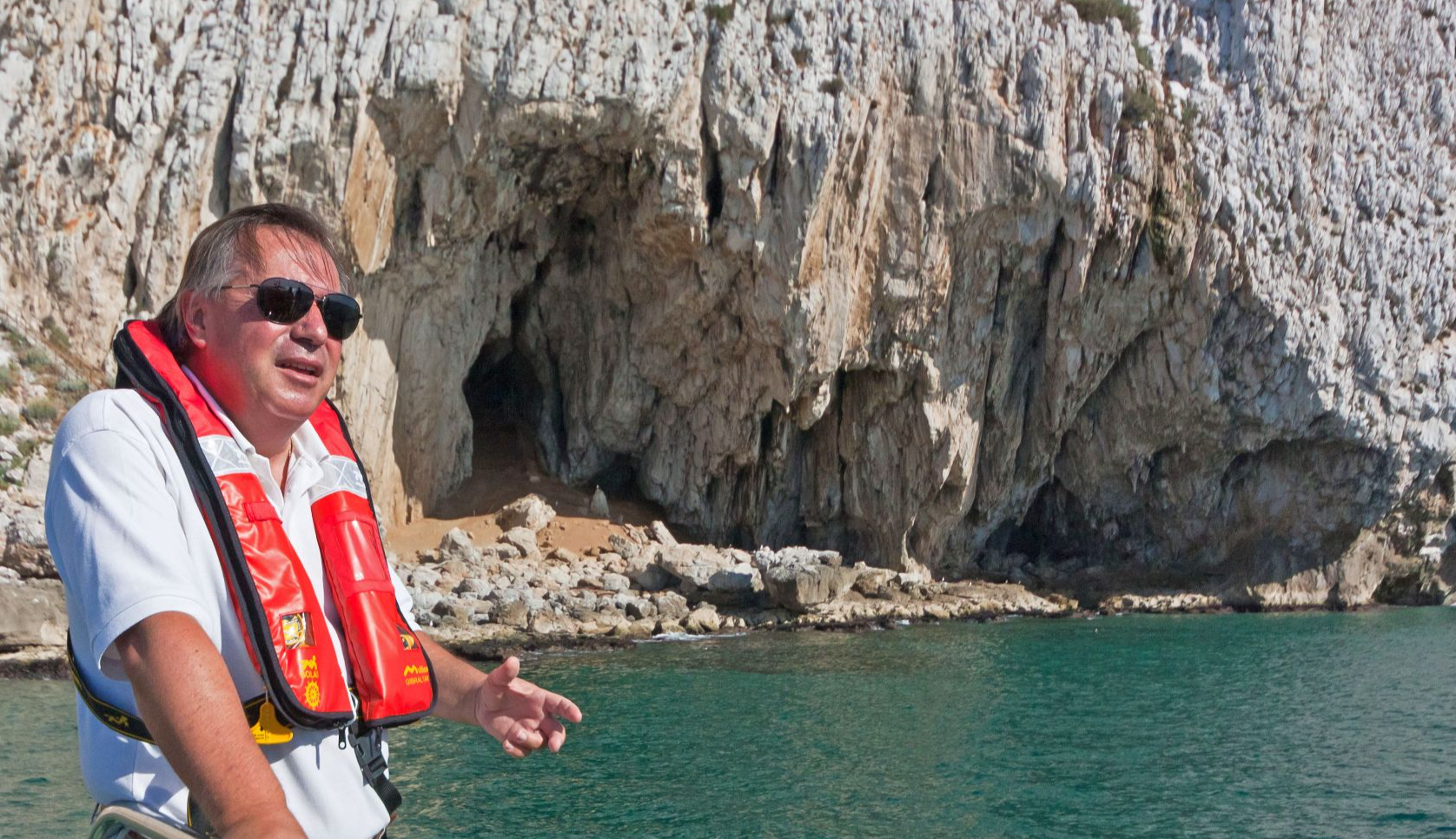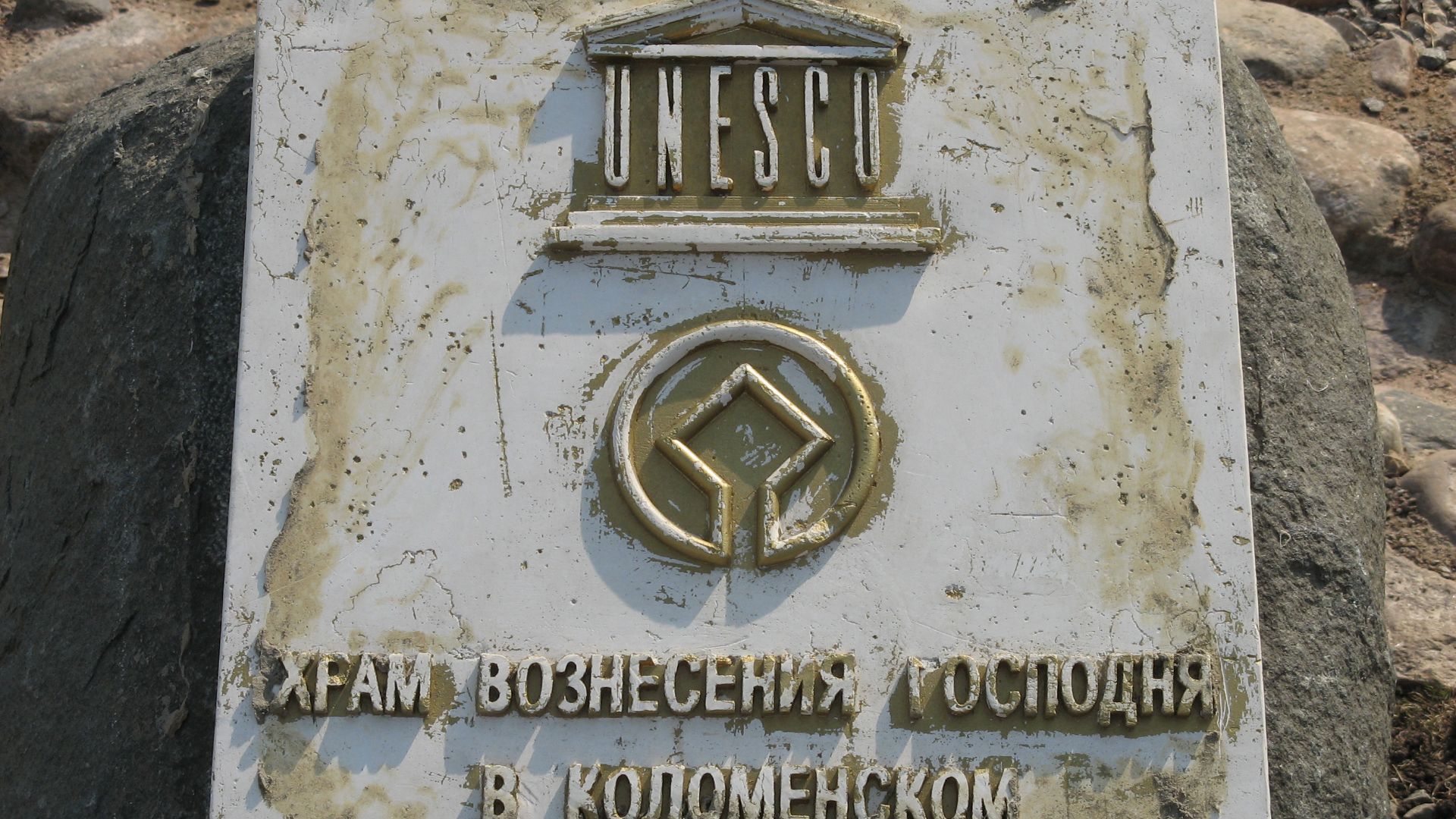Fire Meets Chemistry
They weren’t in classrooms, but they were learning. Trial, error, and quiet genius shaped how they built, bonded, and lived. Turns out, ancient minds may have been far more capable than we imagined.

Middle Paleolithic Timeline
Between 300,000 and 30,000 years ago, Europe experienced one of its most fascinating periods of human occupation. During this timeframe, archaic humans including Homo heidelbergensis and later Neanderthals established more stable and continuous settlements across western and central Europe.
 Emoke Denes, Wikimedia Commons
Emoke Denes, Wikimedia Commons
Age Of Advancement
The period includes significant developments such as the first definite use of fire, burial practices, and early bone tool industries. The Middle Paleolithic is situated between the Lower Paleolithic and the Upper Paleolithic, the latter marked by the arrival of anatomically modern humans
65,000-Year Hearth Structure
Deep within Vanguard Cave in Gibraltar lies a remarkable piece of ancient engineering: an almost circular trench measuring nearly 22 cm in diameter with intricate internal architecture. Two conduits pass from the middle in opposite directions, creating a multichambered construction.
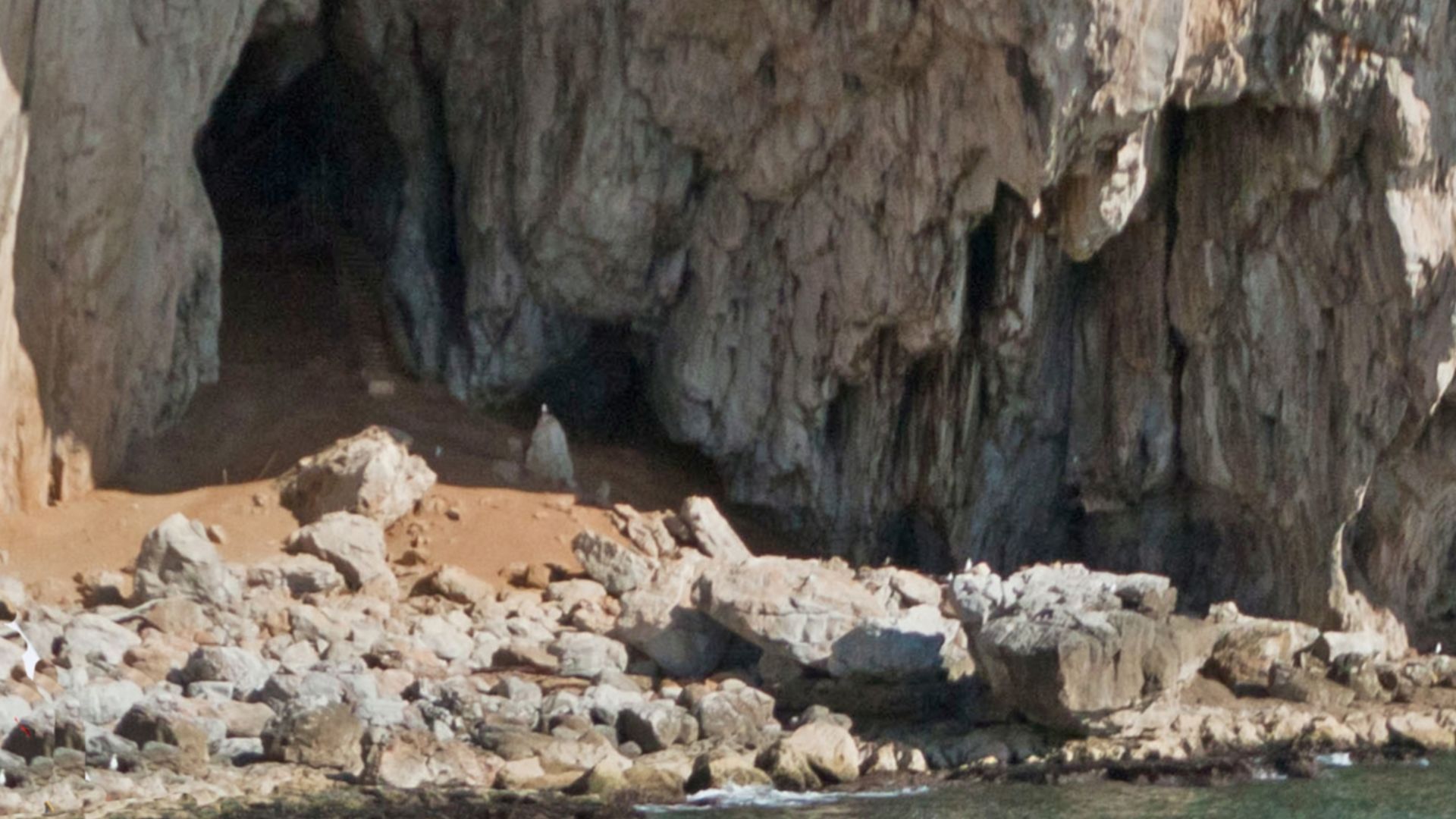 Gipmetal77 modded by Victuallers, Wikimedia Commons
Gipmetal77 modded by Victuallers, Wikimedia Commons
Rockrose Plant Selection
The genius of Neanderthal chemistry lay in their plant selection. Charcoal analysis highlighted that most of the burned material came from rockrose plants (Cistus ladanifer), whose shrubs produce sticky resin called labdanum. Neanderthals had learned through experimentation that certain plants yielded better adhesives than others.
Controlled Temperature Manufacturing
Temperature control was everything in this ancient factory. The hearth was likely heated to 300 degrees Fahrenheit (150 degrees Celsius) to produce the gooey glue, requiring precise fire management that could maintain consistent heat without burning the precious plant materials. Neanderthals crafted airtight seals using guano.
Mousterian Tool Association
Stratigraphic evidence tells the most convincing story of all. The specialized hearth remained covered by an undisturbed archaeological level containing classic Mousterian stone tools, definitively linking this advanced adhesive technology to Neanderthal craftspeople. Complexly crafted core technologies are represented by Mousterian artifacts.
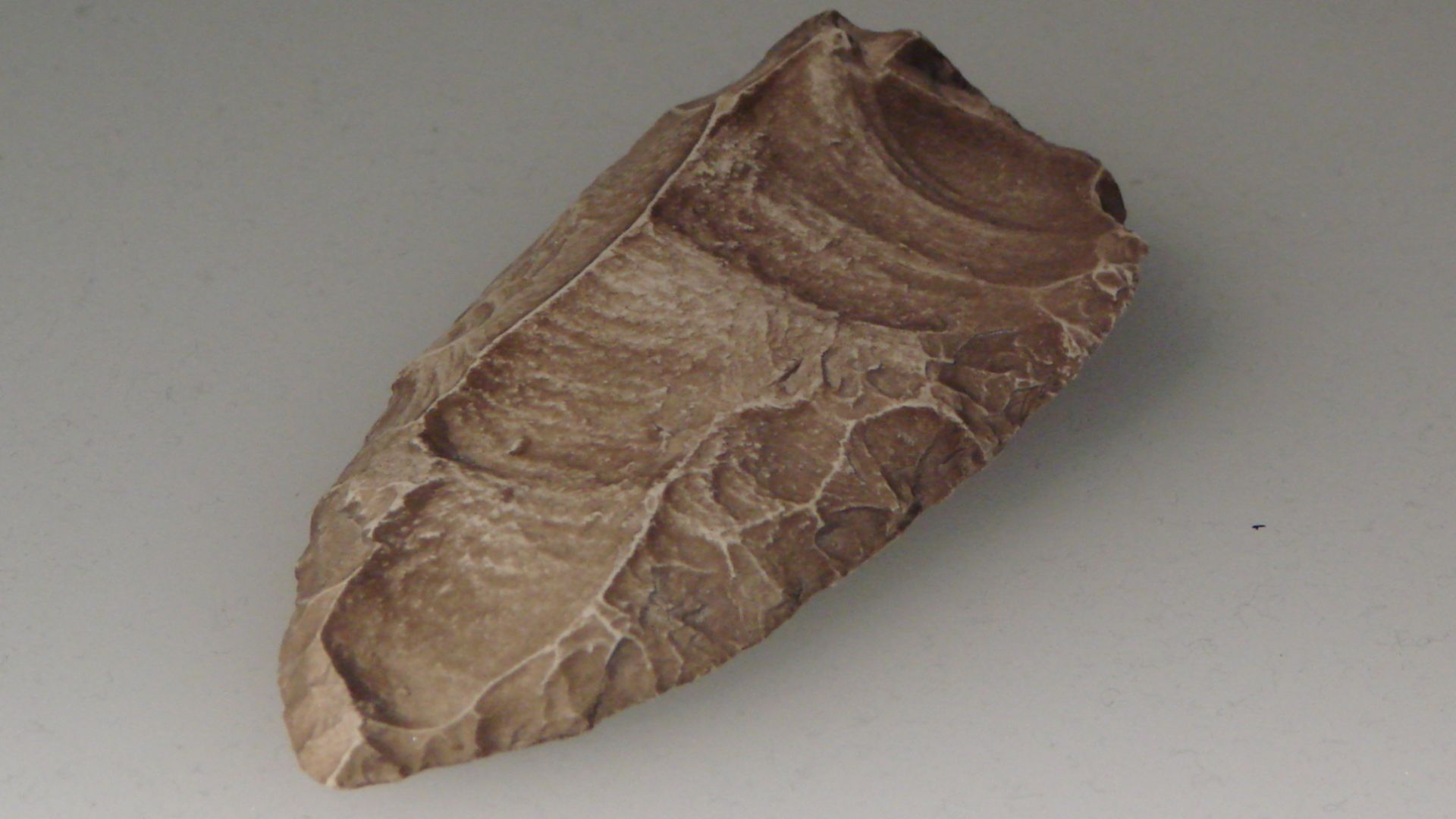 Guérin Nicolas, Wikimedia Commons
Guérin Nicolas, Wikimedia Commons
Hafting Technology Innovation
Adhesive production revolutionized how tools could be built and used. By attaching sharp stone points to wooden handles with tar, they made composite tools that were more efficient, durable, and versatile than hand-held implements. This hafting technology allowed for better leverage during cutting tasks.
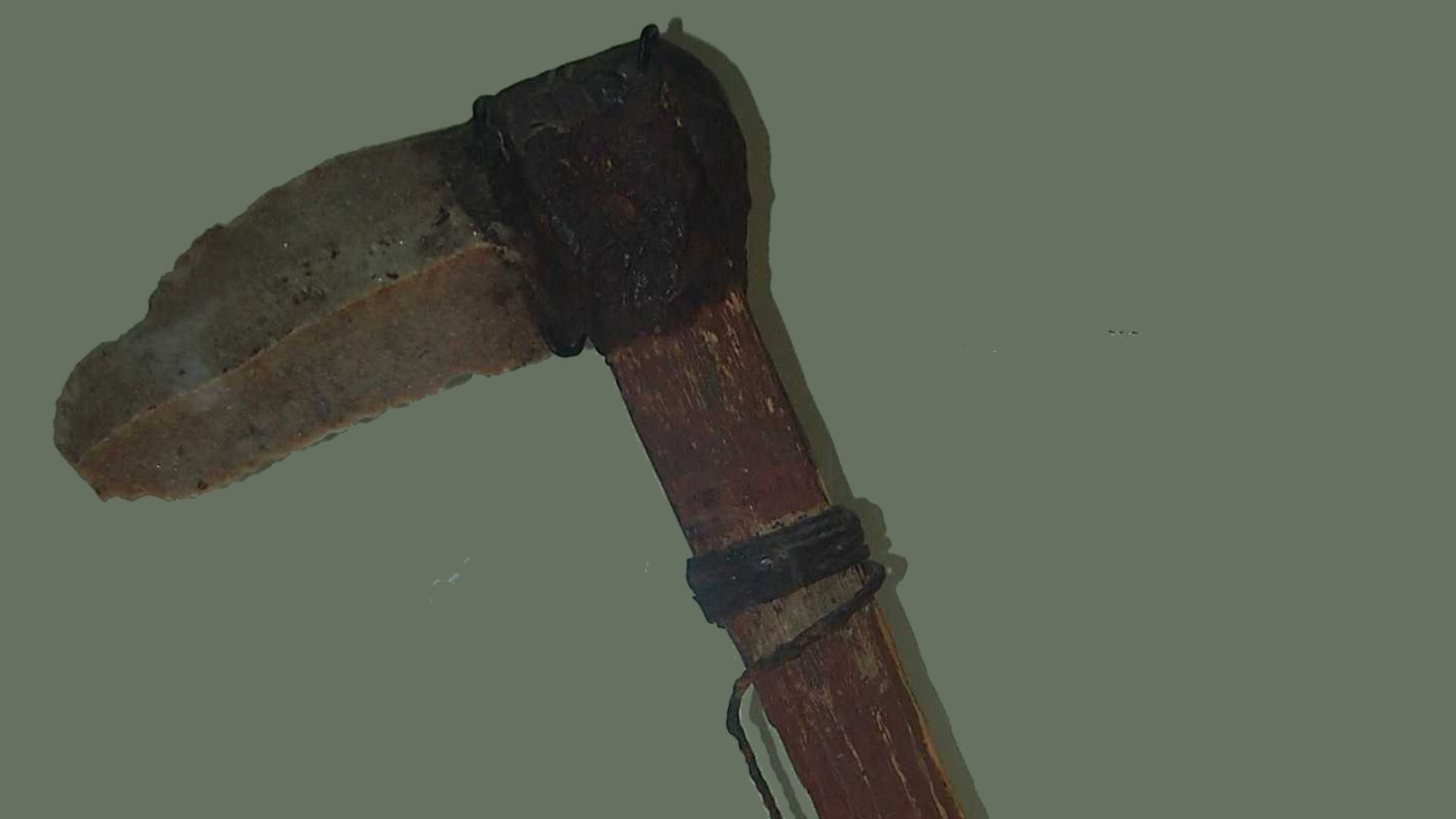 Mark Marathon, Wikimedia Commons
Mark Marathon, Wikimedia Commons
Composite Tool Assembly
Additionally, stone blades were secured to wooden handles with precisely applied adhesive, sometimes supplemented with sinew or plant fiber wrappings for extra security. The process required brilliant timing—applying tar while still warm and pliable, positioning components correctly, and allowing exact curing time.
Collaborative Production Evidence
Manufacturing tar wasn't a solo endeavor. Experimental replication showed that it demanded at least two people working in coordination. One person managed the fire and maintained proper temperatures, while another took care of the delicate extraction of molten resin from heated plant materials.
Cross-Hatched Cave Engravings
Beyond tools and adhesives, Gorham's Cave preserves even more startling proof of Neanderthal refinement: deliberate abstract engravings carved into the bedrock. These cross-hatched patterns, dated to over 39,000 years ago, needed more than 200 deliberate tool strokes to form and show no utilitarian purpose.
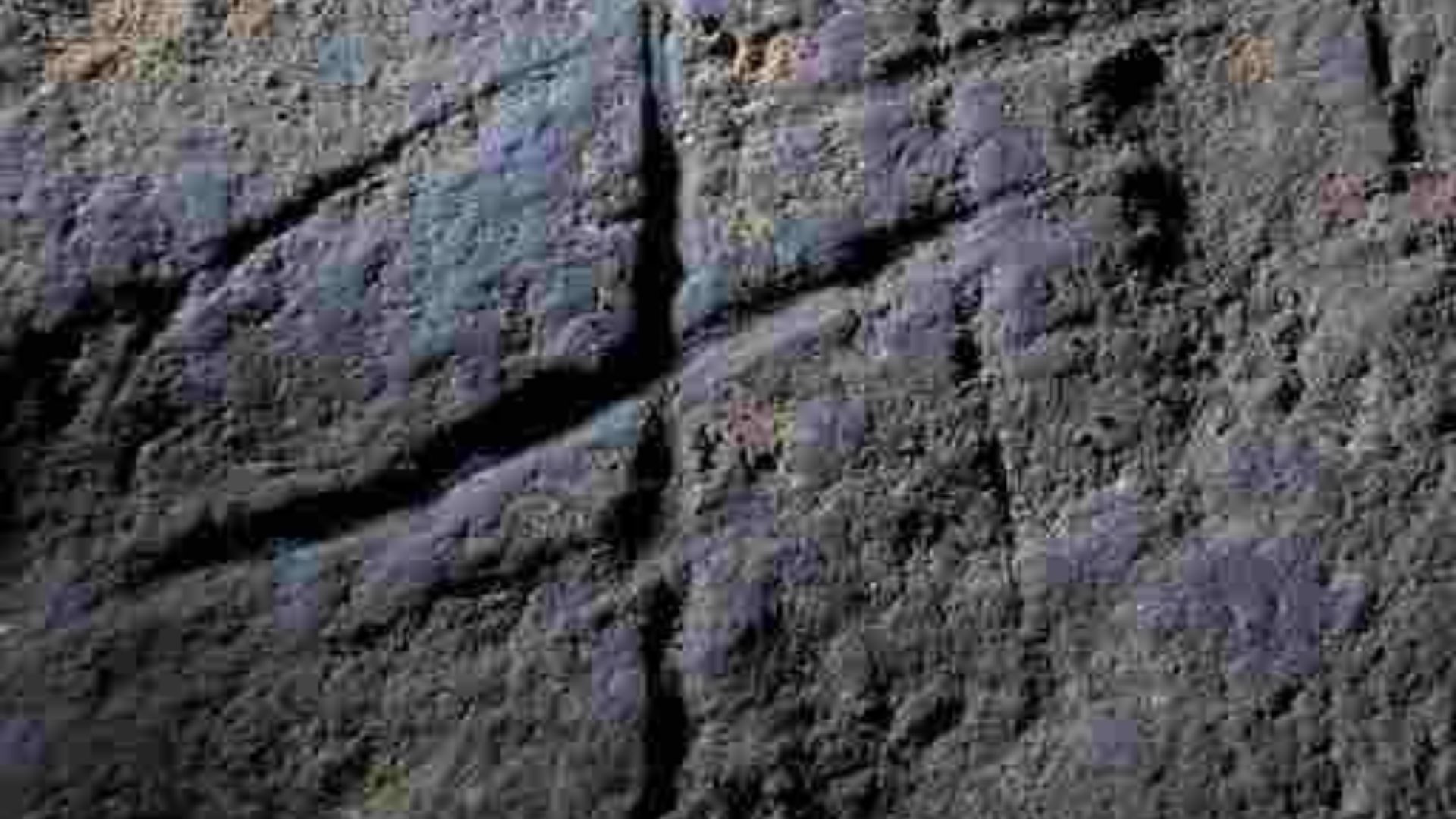 AquilaGib (Stewart Finlayson, Gibraltar Museum), Wikimedia Commons
AquilaGib (Stewart Finlayson, Gibraltar Museum), Wikimedia Commons
Forbes' Quarry Discovery
Lieutenant Edmund Flint had no idea he was making history when he unearthed a peculiar skull at Forbes' Quarry in the year 1848. This occurred eight years before the famous German Neander Valley finding that would give these ancient humans their name.
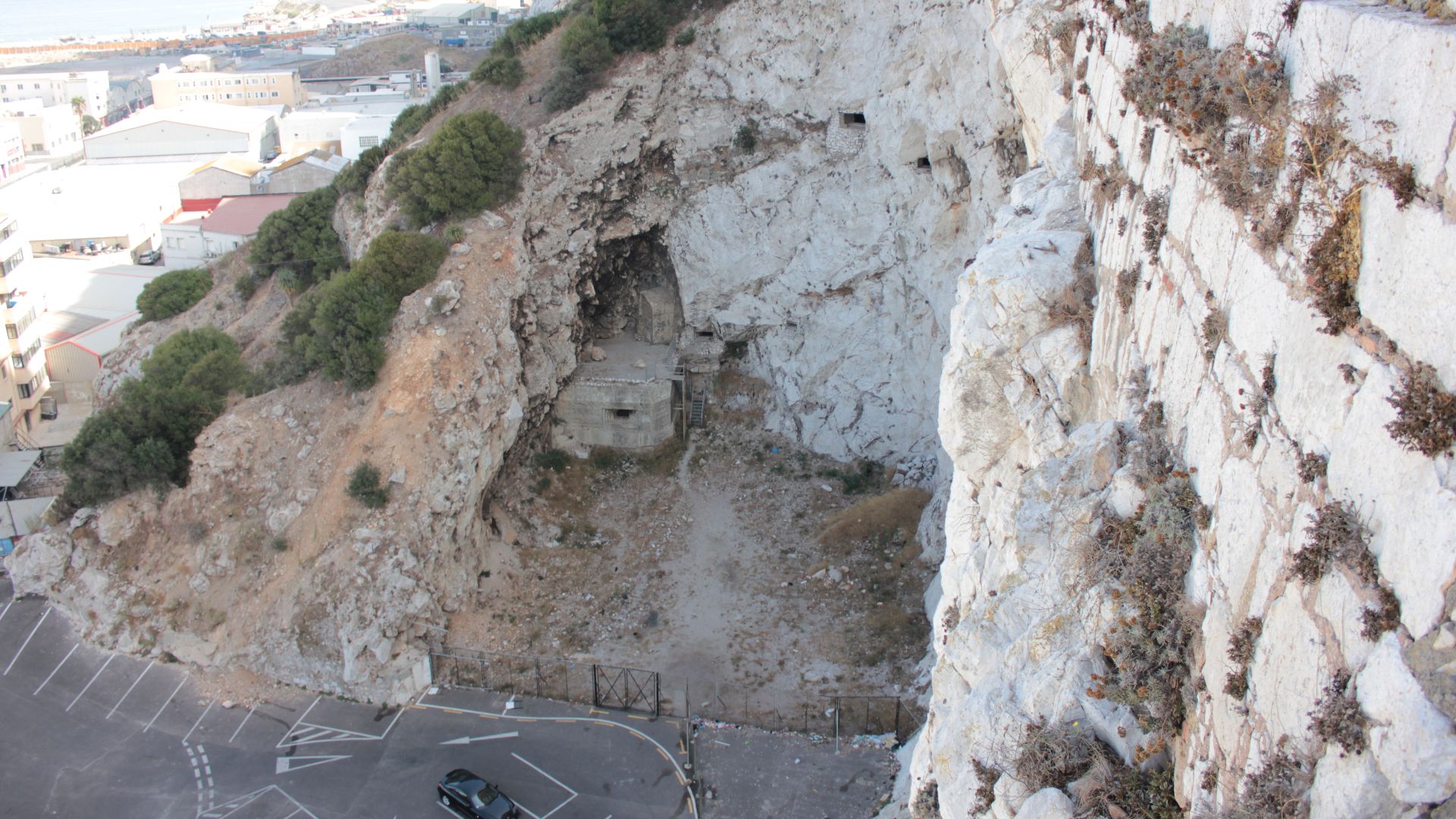 John Cummings, Wikimedia Commons
John Cummings, Wikimedia Commons
Forbes' Quarry Discovery (Cont.)
The Gibraltar find represented the first adult Neanderthal skull ever found. The skull sat forgotten in a library cupboard until scientists finally recognized its significance, realizing that if they had understood its importance earlier, we might be calling these ancient relatives “Gibraltar Man”.
Gibraltar Scientific Society
Scientific societies in remote outposts often become unexpected guardians of world-changing discoveries. The Gibraltar Scientific Society, established by British military officers and local intellectuals, served as the ultimate institution that preserved and documented the Forbes' Quarry skull after Flint's presentation in March 1848.
Devil's Tower Child
Dorothy Garrod's excavation in 1926 at Devil's Tower rock shelter yielded something heartbreaking yet scientifically invaluable: the partial skull of a Neanderthal child who died around age four or five. Unlike the Forbes Quarry skull, this one came with proper archaeological context where Mousterian stone tools lay scattered.
 Unknown authorUnknown author, Wikimedia Commons
Unknown authorUnknown author, Wikimedia Commons
Gorham's Cave Excavations
Modern systematic archaeology turned Gibraltar from a place of accidental discoveries into a scientific laboratory. Beginning in the 1980s, international teams led by the Gibraltar Museum launched comprehensive excavations across the cave complex, uncovering layer after layer of Neanderthal occupation.
 Works continue on Gorham's Cave complex by GBC News
Works continue on Gorham's Cave complex by GBC News
Vanguard Cave Location
Geology played the perfect matchmaker in this ancient story. Vanguard Cave sits just meters north of Gorham's Cave on the southeastern face of the Rock of Gibraltar, positioned precisely where limestone meets the Mediterranean Sea. Neanderthals first occupied this 35-meter-high cavern 55,000 years ago.
UNESCO Heritage Status
International recognition arrived in July 2016 when Gorham's Cave Complex achieved UNESCO World Heritage designation. The inscription celebrated the site's “exceptional testimony to the occupation, cultural traditions and material culture of Neanderthal and early modern human populations through a period spanning approximately 120,000 years”.
University Of Murcia Research
Spanish academics brought innovative analytical techniques to this ancient mystery. The University of Murcia team, led by Juan Ochando, employed optically stimulated luminescence dating to establish precise ages for the hearth layers, while applying advanced geochemical analysis to identify the specific compounds developed during tar production.
Chemical Analysis Results
Mass spectrometry pointed out the molecular fingerprints that solved this prehistoric puzzle. Levoglucosan, a sugar derivative that forms only when cellulose burns under specific low-oxygen conditions, appeared in huge concentrations. This compound doesn't occur naturally in the environment and breaks down quickly unless protected by burial.
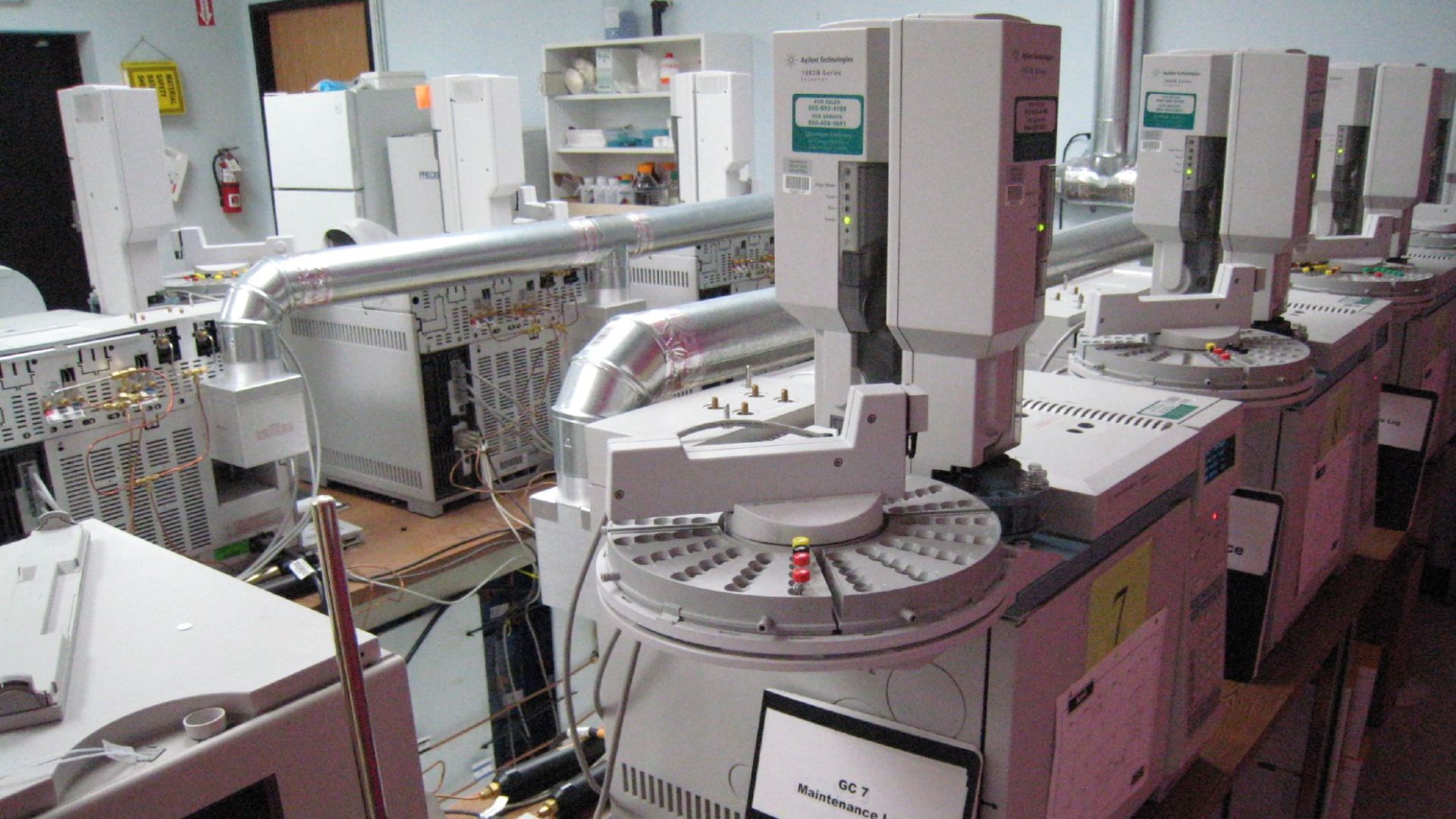 Hey Paul from Sacramento, CA, USA, Wikimedia Commons
Hey Paul from Sacramento, CA, USA, Wikimedia Commons
Experimental Replication Process
Science demanded proof beyond chemical signatures—someone had to recreate this ancient technology. Researchers constructed a replica hearth using the exact morphology and dimensions documented from Vanguard Cave, then attempted to produce tar using only materials and tools available to Neanderthals 65,000 years ago.
 National Cancer Institute, Unsplash
National Cancer Institute, Unsplash
Experimental Replication Process (Cont.)
As per sources, the experimental team successfully generated usable adhesive by heating rockrose leaves under sealed, low-oxygen conditions for approximately three hours. Their achievement validated the theoretical framework and brought to light the practical feasibility of Neanderthal tar manufacturing.
 Neanderthal Superglue by NOVA PBS Official
Neanderthal Superglue by NOVA PBS Official
Modern Tool Validation
Contemporary testing pushed the ancient adhesive to its limits. Scientists subjected the experimentally produced tar to rigorous mechanical analysis, including lap shear testing according to industrial adhesive standards used for modern materials. The Neanderthal-method tar received a shear strength of 1.1 MPa.
 Overlap Shear Testing for Adhesive Strength by The Adhesive Learning Centre
Overlap Shear Testing for Adhesive Strength by The Adhesive Learning Centre
Symbolic Behavior Evidence
Abstract thought manifests in more than just practical applications. The Gorham's Cave complex preserves multiple forms of symbolic behavior, from deliberately collected marine shells to carefully arranged bird feathers used for personal ornamentation. Neanderthals transported materials across large distances, specifically for their aesthetic or symbolic value.
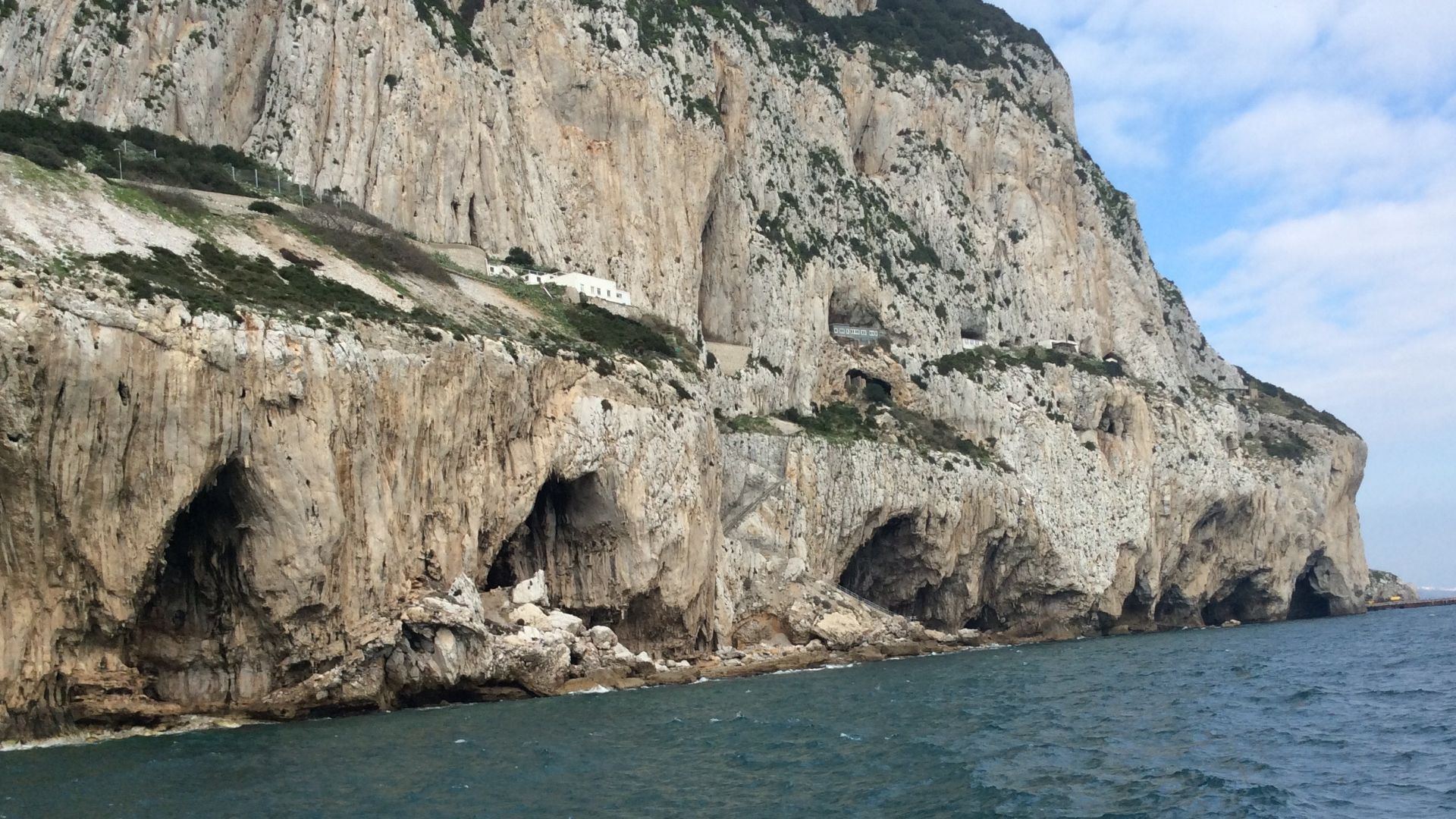 Visit Gibraltar, Wikimedia Commons
Visit Gibraltar, Wikimedia Commons
Neanderthal Intelligence Revision
Academic orthodoxy crumbled under the weight of accumulating matter. For decades, scientific consensus portrayed Neanderthals as cognitively inferior beings, capable of basic survival but lacking the advanced reasoning abilities that supposedly distinguished modern humans. Modern research now recognizes Neanderthal intelligence as fundamentally comparable to our own.
 Jakub Hałun, Wikimedia Commons
Jakub Hałun, Wikimedia Commons

